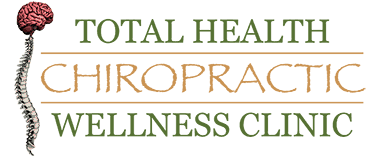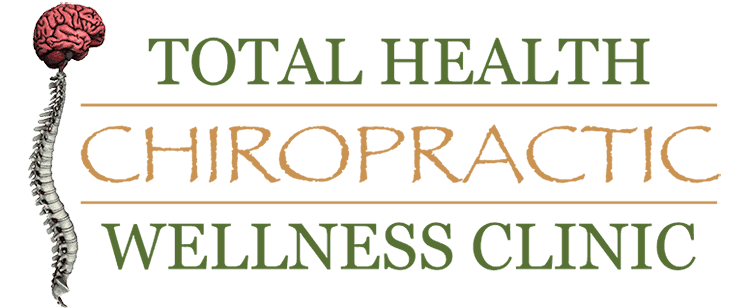Heart attacks often occur without advanced warning. A person may feel perfectly fine the day before a heart attack. In fact, 50% of men and 64% of women who die suddenly of coronary heart disease (CHD) have no previous symptoms of this disease. Surviving heart attack victims often feel bewildered and never saw it coming. Cancer can grow unnoticed for more than 10 years before becoming detectable in the human body. High blood pressure, cavities, and hardening of the arteries (atherosclerosis) can also form without warning signs or pain, especially in the early stages of development. These examples represent the very real existence of dangerous conditions which exist without the presence of pain. In fact, most of these conditions do not manifest with pain until the problem becomes advanced and concerning. Too often those manifestations meet the administration of pain resolving drugs as an initial treatment although the drugs never address the underlying cause of the problem.
 Problems in the spine share similar characteristics. In 2002, the European Spine Journal, evaluated spinal health in young adults and found that pathological changes of the cervical spine in a 17 to 26-year-old population were equally common in symptomatic and asymptomatic subjects.
Problems in the spine share similar characteristics. In 2002, the European Spine Journal, evaluated spinal health in young adults and found that pathological changes of the cervical spine in a 17 to 26-year-old population were equally common in symptomatic and asymptomatic subjects.
In the no symptom group with no persistent or recurrent neck and shoulder pain, the findings noted:
- Disc Degeneration – present in 73% of subjects
- Disc Annular Tear – present in 67% of subjects
- Disc Protrusion – present in 87% of subjects
- Disc Herniation – present in 0% of subjects
In the symptom group with persistent or recurrent neck and shoulder pain, the findings noted:
- Disc Degeneration – present in 56% of subjects
- Disc Annular Tear – present in 50% of subjects
- Disc Protrusion – present in 69% of subjects
- Disc Herniation – present in 25% of subjects
The research acknowledged the underlying damage which often occurs with no symptoms present. So much of physical health involves proactive care. People understand that consistent check-ups and teeth cleaning at the dentist, health physicals with the family physician, and stress tests with a cardiologist remain logical methods of maintaining prolonged health. People also pursue regular cancer screenings to ensure early detection of any adverse conditions before signs and symptoms occur. The same philosophy applies to regular spinal check-ups and adjustments with a Chiropractor. The benefits of a Chiropractic adjustment go well beyond pain relief, impacting overall organ health and function in addition to spinal care. The presence of pain represents advanced stages of spinal concern. The most impactful benefits of Chiropractic care belong to those who experience proactive care to maintain optimal nervous system function.
Chiropractic adjustments improve the function of the entire body through better alignment and mobility in the spine. The spine intimately connects to the brain and central nervous system. Improving the health of the spine and function of the nervous system can begin with a Chiropractic wellness plan. Adjustments benefit the human body with or without the presence of pain, but proactive care allows the body to maintain maximum performance in advance of many deteriorating conditions. Wellness Chiropractic care focuses on improving and maintaining the health of the spine, nervous system, and the entire body through regular checkups and adjustments. Many Chiropractic patients choose wellness care guided by an understanding that proactive health care empowers people to know their body exists in a state of maximised well-being. Wellness care ensures better mobility, alignment, function, and strength for all ages. People deserve a better model of health care than waiting until the body begins to break down through pain and symptoms of advanced degenerative conditions. Chiropractic provides advanced healthcare for all generations.
References:

